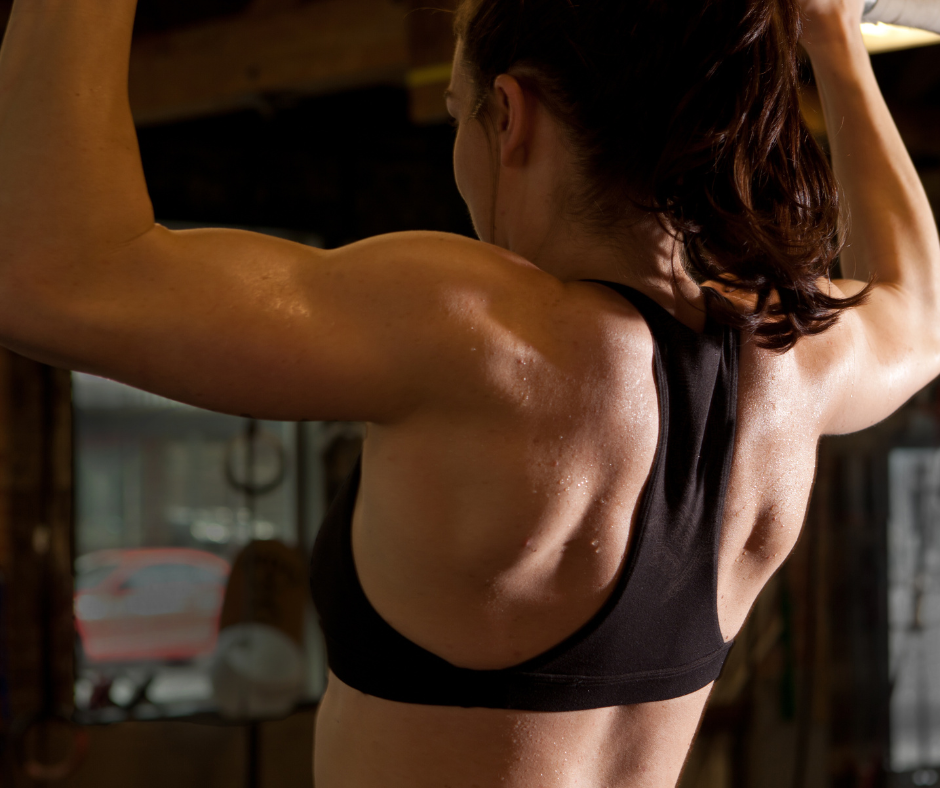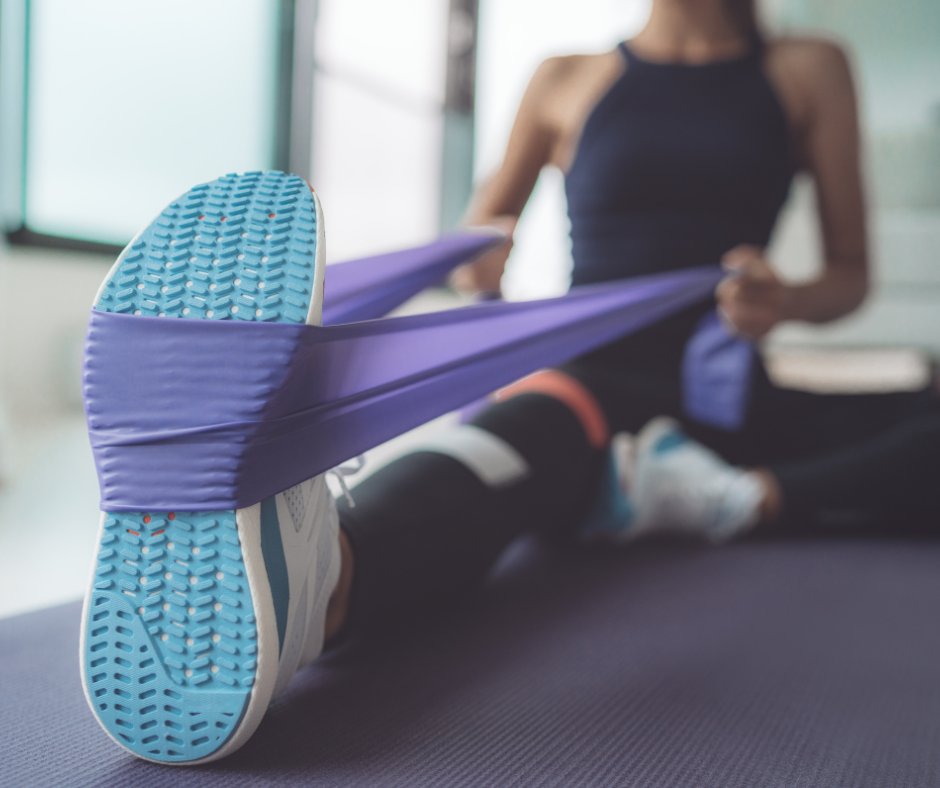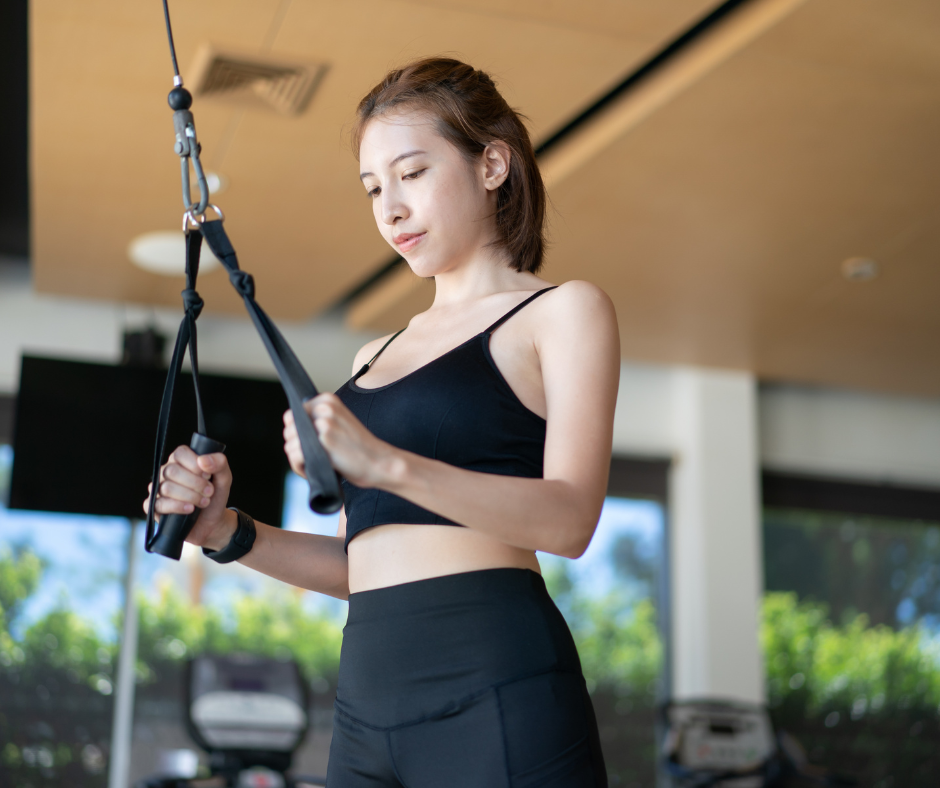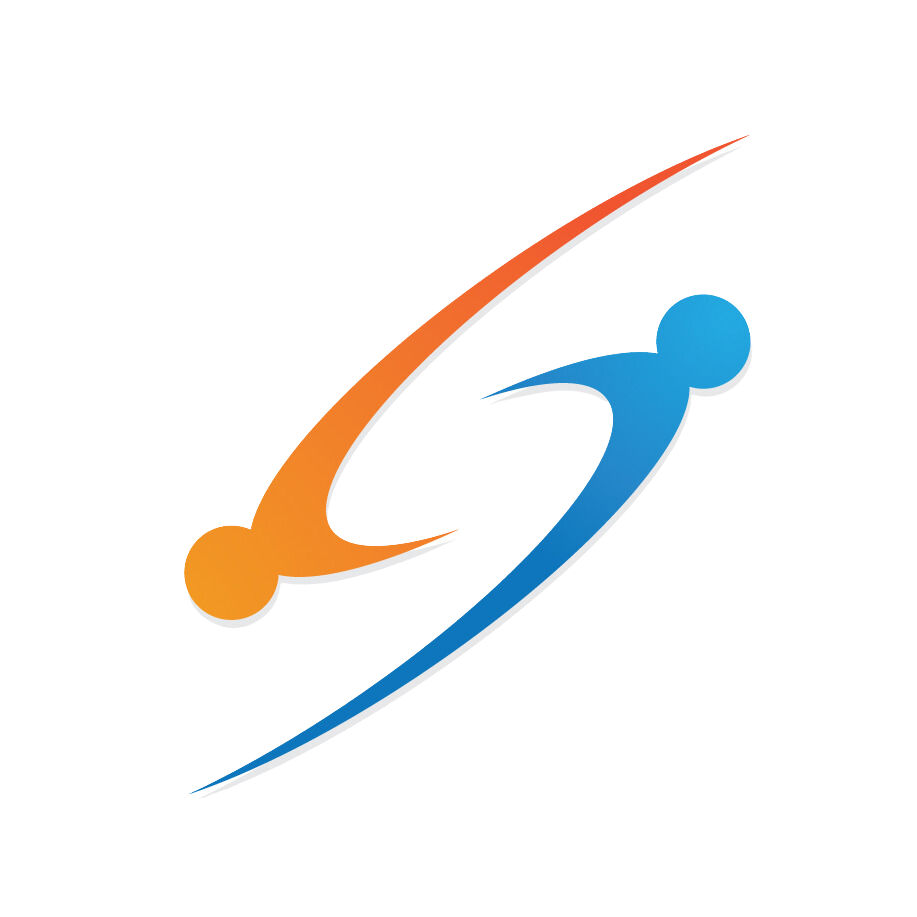Ultimate Guide to Pull Day Workouts for Building Muscle and Strength

When it comes to sculpting a muscular upper body and enhancing your overall strength, pull day workouts play a pivotal role. Pull day routines are designed to target major muscle groups through pulling movements, focusing on the back, biceps, and rear deltoids. This comprehensive guide will walk you through the best pull day exercises, proper form, and tips for maximizing muscle growth.
What is a Pull Day Workout?
A pull day workout is a part of the push-pull-legs (PPL) split, which divides workouts into three main categories: pushing movements, pulling movements, and leg exercises. Pull day focuses on exercises that involve pulling motions, primarily targeting the upper body muscles such as the back, biceps, and rear deltoids. This routine is essential for building muscle mass, improving strength, and achieving a balanced physique.
Why Incorporate Pull Day Workouts?
Pull day workouts are crucial for developing a strong and muscular upper body. By focusing on pulling exercises, you engage multiple muscle groups, enhancing muscle growth and strength. These workouts help in:
-
Building a muscular upper body
-
Enhancing back strength and stability
-
Improving posture
-
Increasing overall muscle mass
-
Balancing push and pull movements for a well-rounded physique
Key Muscle Groups Targeted in Pull Day Workouts
Pull day workouts target several major muscle groups, including:
-
Back Muscles: Latissimus dorsi, trapezius muscles, rhomboids, and lower back muscles.
-
Biceps: Biceps brachii, brachialis, and brachioradialis.
-
Rear Deltoids: Rear delts and other shoulder muscles.
Essential Pull Day Exercises
1. Pull-Ups
Pull-ups are a classic pull day exercise that targets the back, biceps, and shoulders.
-
Starting Position: Hang from a pull-up bar with an overhand grip, hands shoulder-width apart.
-
Execution: Pull your body upward until your chin is above the bar. Lower yourself back to the starting position with arms fully extended.
-
Tips: Keep your core engaged and avoid swinging your body.
2. Bent Over Rows
Bent over rows are excellent for targeting the upper and middle back muscles.
-
Starting Position: Stand with feet shoulder-width apart, knees slightly bent, holding a barbell or dumbbells with an overhand grip.
-
Execution: Lean forward at the hips, keeping your back straight. Pull the weight towards your torso, squeezing your shoulder blades together.
-
Tips: Maintain a neutral spine and avoid rounding your back.
3. Dumbbell Curls
Dumbbell curls isolate the biceps, promoting muscle growth and strength.
-
Starting Position: Stand with feet hip-width apart, holding dumbbells with an underhand grip.
-
Execution: Curl the weights towards your shoulders, keeping your elbows stationary. Lower the weights back to the starting position.
-
Tips: Focus on controlled movements and avoid swinging the weights.
4. Face Pulls
Face pulls are great for targeting the rear deltoids and upper back muscles.
-
Starting Position: Attach a rope to a cable machine at shoulder height. Stand with feet hip-width apart, holding the rope with an overhand grip.
-
Execution: Pull the rope towards your face, flaring your elbows out. Squeeze your shoulder blades together at the peak of the movement.
-
Tips: Keep your shoulders down and back throughout the exercise.
5. Chin-Ups
Chin-ups are similar to pull-ups but use an underhand grip, emphasizing the biceps.
-
Starting Position: Hang from a pull-up bar with an underhand grip, hands shoulder-width apart.
-
Execution: Pull your body upward until your chin is above the bar. Lower yourself back to the starting position.
-
Tips: Keep your elbows close to your body and avoid swinging.
Structuring Your Pull Day Workout Routine
A well-structured pull day workout routine ensures that you target all the major muscle groups effectively. Here’s a sample pull day routine:
-
Warm-Up: 5-10 minutes of light cardio and dynamic stretches.
-
Pull-Ups: 3 sets of 8-10 reps
-
Bent Over Rows: 3 sets of 10-12 reps
-
Dumbbell Curls: 3 sets of 12-15 reps
-
Face Pulls: 3 sets of 12-15 reps
-
Chin-Ups: 3 sets of 8-10 reps
-
Cool Down: 5-10 minutes of static stretching

Tips for Maximizing Muscle Growth
1. Focus on Proper Form
Maintaining proper form is crucial to prevent injuries and maximize muscle engagement. Pay attention to your starting position, range of motion, and muscle activation during each exercise.
2. Progressive Overload
Gradually increase the weight or resistance to challenge your muscles and promote growth. Aim to lift heavier weights or perform more reps over time.
3. Incorporate Compound Exercises
Compound exercises like pull-ups and bent over rows engage multiple muscle groups, leading to greater muscle activation and growth.
4. Allow for Muscle Recovery
Ensure adequate rest between workouts to allow your muscles to recover and grow. Aim for at least 48 hours of rest before targeting the same muscle groups again.
5. Use Isolation Exercises
Incorporate isolation exercises like dumbbell curls to target specific muscles and enhance muscle definition.
6. Maintain a Balanced Diet
Fuel your body with a balanced diet rich in protein, carbohydrates, and healthy fats to support muscle growth and recovery.
Advanced Pull Day Workout Routine
As you progress, you can incorporate advanced exercises and techniques to continue challenging your muscles. Here’s an advanced pull day routine:
-
Warm-Up: 5-10 minutes of light cardio and dynamic stretches.
-
Weighted Pull-Ups: 3 sets of 6-8 reps
-
Pendlay Rows: 3 sets of 8-10 reps
-
Incline Dumbbell Curls: 3 sets of 10-12 reps
-
Cable Face Pulls: 3 sets of 12-15 reps
-
T-Bar Rows: 3 sets of 10-12 reps
-
Hammer Curls: 3 sets of 12-15 reps
-
Cool Down: 5-10 minutes of static stretching

Common Mistakes to Avoid
1. Using Momentum
Avoid using momentum to lift weights, as it reduces muscle engagement and increases the risk of injury. Focus on controlled movements and proper form.
2. Neglecting Warm-Up and Cool Down
Skipping the warm-up and cool down can lead to injuries and hinder muscle recovery. Always include a warm-up to prepare your muscles and a cool down to relax them.
3. Overtraining
Overtraining can lead to muscle fatigue and injuries. Ensure adequate rest and recovery between workouts to allow your muscles to grow and repair.
4. Poor Form
Using poor form can lead to injuries and limit muscle growth. Pay attention to your technique and seek guidance if needed.

Conclusion
Incorporating pull day workouts into your fitness routine is essential for building a muscular upper body and enhancing overall strength. By targeting major muscle groups through pulling movements, you can achieve balanced muscle growth and improved performance. Focus on proper form, progressive overload, and a balanced diet to maximize your results. Whether you’re a beginner or an advanced lifter, these pull day exercises and tips will help you reach your fitness goals. If you're looking for an all-in-one workout solution, consider the QuickHIT Apex machine. Using Robotically Controlled Resistance™, the Apex Machine is the perfect solution for pull day workouts, push day workouts, and everything in between.
Remember, consistency is key. Stick to your pull day routine, challenge yourself, and enjoy the process of building a stronger, more muscular upper body. Happy lifting!
Additional Tips for Success
1. Track Your Progress
Keep a workout journal to track your exercises, sets, reps, and weights. Monitoring your progress helps you stay motivated and make necessary adjustments to your routine.
2. Stay Hydrated
Hydration is crucial for muscle function and recovery. Drink plenty of water before, during, and after your workouts to stay hydrated.
3. Listen to Your Body
Pay attention to your body’s signals. If you experience pain or discomfort, stop the exercise and seek advice from a fitness professional.
4. Vary Your Routine
To prevent plateaus and keep your workouts exciting, vary your exercises and routines. Incorporate different pulling movements and adjust your rep ranges and weights.
5. Get Enough Sleep
Adequate sleep is essential for muscle recovery and growth. Aim for 7-9 hours of quality sleep each night to support your fitness goals.
Frequently Asked Questions (FAQs)
Q: How often should I do pull day workouts?
A: Aim to include pull day workouts in your routine 1-2 times per week, allowing for at least 48 hours of rest between sessions.
Q: Can I do pull day workouts at home?
A: Yes, many pull day exercises can be done at home with minimal equipment, such as pull-ups, dumbbell rows, and bicep curls.
Q: What should I eat before a pull day workout?
A: Consume a balanced meal with protein and carbohydrates about 1-2 hours before your workout to fuel your muscles and enhance performance.
Q: How can I improve my pull-up strength?
A: Practice assisted pull-ups, use resistance bands, or try negative pull-ups (lowering yourself slowly from the top position) to build strength.
Q: Is it normal to feel sore after a pull day workout?
A: Yes, it’s normal to experience muscle soreness after a pull day workout, especially if you’re challenging your muscles. Ensure proper recovery to minimize soreness.
By following these tips and incorporating pull day workouts into your fitness routine, you'll be well on your way to building a stronger, more muscular upper body. Happy training!

